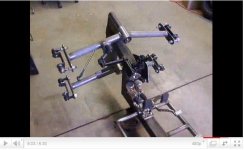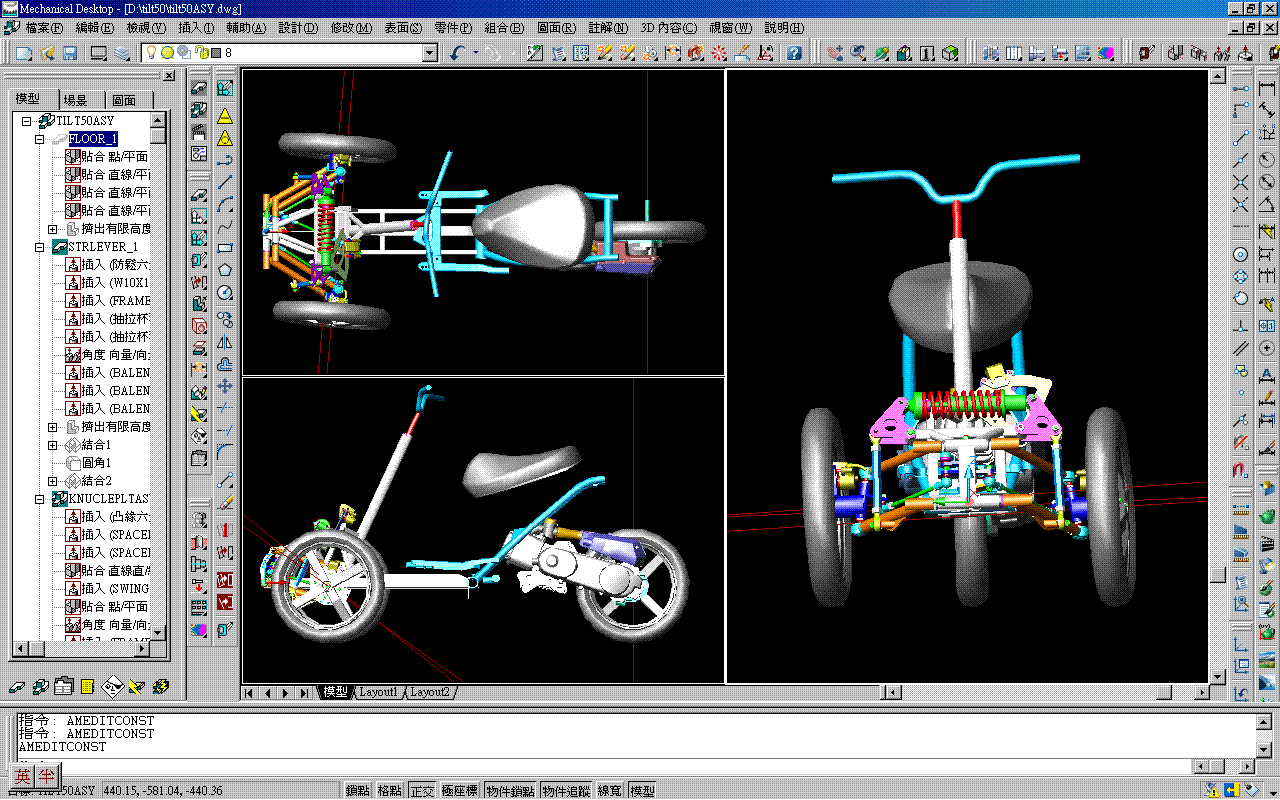michaelplogue
10 kW
This was posted on the Reverse Trike yahoo group. It's an ICE trike, but very well done. He's using a system he's calling "Free to Caster" where apparently the steering is only changing the tilt of the bike, and the wheels turn as required. Very interesting concept.
http://www.youtube.com/user/CurveCutter
[youtube]zAcMmYSe6qA[/youtube]
http://www.youtube.com/user/CurveCutter
Hi All,
I had to try out my new HD video camera, so I thought I would take some footage that would represent what it's like to ride a Free to Caster, reverse trike, in fast mountain conditions and at high speed, down the road. The curves are done at between 45 and 60 mph on a 30 mph, one lane road. The high speed clip is at speeds in excess of 80 mph. You can clearly see how stable the FTC design is. Remember, the handle bars are not connected to the front steering wheels. I am only controlling the leaning of the vehicle. Even over harsh bumps, on some bridge approaches, you cannot see the front wheels wander. Also, the tar snakes, and gravel patches have no effect. I hope these videos will answer some questions many of you have asked.
Kind Regards,
Tom
http://www.youtube.com/watch?v=3VonlPa4vmc
http://www.youtube.com/watch?v=lGsDYRZbBdk
[youtube]zAcMmYSe6qA[/youtube]



